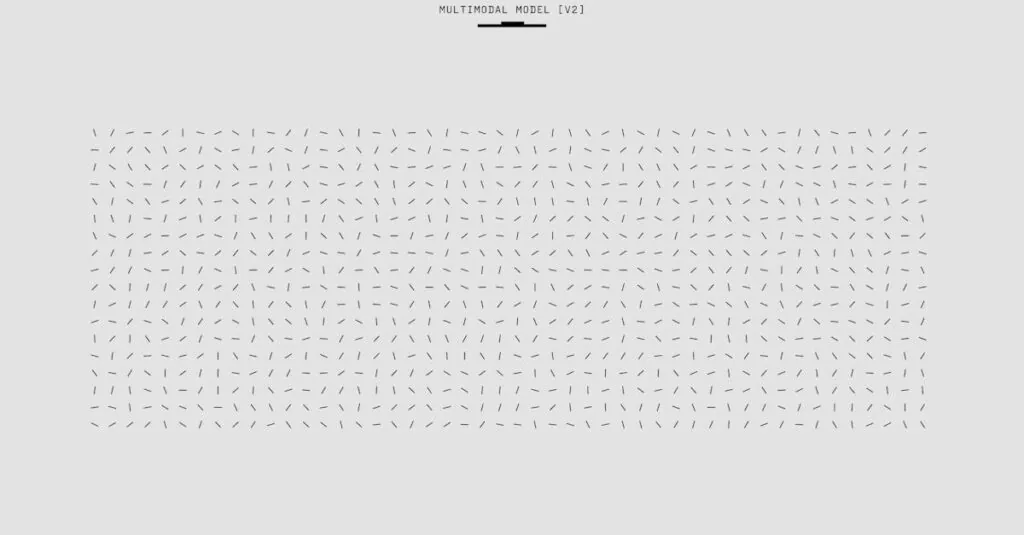Ever stared at a Google Doc and wondered how a second page sneaked in when you only typed a few sentences? It’s like that uninvited guest at a party who just won’t leave. Luckily, getting rid of that pesky second page is easier than finding a typo in a school essay.
Table of Contents
ToggleUnderstanding Second Pages in Google Docs
An unexpected second page in Google Docs often springs from formatting issues. Identifying the causes helps eliminate the problem effectively.
Common Causes of Unwanted Second Pages
Inserting extra line breaks contributes to the appearance of a second page. Large margins can push text onto a new page. Unintentional page breaks also lead to this issue. Inserting tables or images can create an extra page if they extend beyond the text boundaries. Additionally, content that flows over the set margin, like lengthy paragraphs or lists, frequently occupies an entire page.
Impact on Document Presentation
A second page disrupts the flow and presentation of a document. Readers may find it confusing when jumps occur in content. Formatting inconsistencies arise, leading to a lack of professionalism. In academic or business settings, unintentional pages can degrade credibility. Overall, an additional page might distract from the primary message, making it essential to address this common problem promptly.
Methods to Remove Second Pages
Addressing the issue of an unwanted second page requires practical methods. The following techniques effectively eliminate this problem.
Adjusting Margins and Spacing
Adjusting margins and spacing can significantly impact document length. Start by selecting “File” and navigating to “Page setup.” Review the margin settings; standard margins typically measure one inch. Changing margin values to smaller sizes, such as 0.5 inches, may free up space. Additionally, check the line spacing settings. The default is usually 1.15 inches, but changing it to single spacing can compress the text vertically, potentially removing excess pages. Lastly, ensure that the paragraph spacing settings reflect the intended document layout to avoid unnecessary gaps.
Deleting Empty Paragraphs
Deleting empty paragraphs often resolves unwanted page issues. Begin by clicking on the “View” menu and selecting “Show invisibles” to reveal hidden formatting marks. Review the document for any empty lines or paragraphs signified by the paragraph symbol. Highlight and delete these blank spaces promptly. Unintentional page breaks may also cause extra pages. Check for these carefully at the end of the document and remove them as needed. Regularly keeping documents clean and organized simplifies the editing process and maintains professionalism.
Alternative Solutions
Resolving the issue of an unwanted second page in Google Docs may involve several alternative strategies. These methods allow for greater control over document formatting and appearance.
Utilizing Page Breaks
Page breaks serve an important function in document layout. They separate sections without disrupting the overall format. Insert a page break by clicking “Insert” and selecting “Break,” then “Page break.” This action moves the content below to the next page, preventing unnecessary blank spaces. To effectively manage space, use this feature when transitioning between different sections. Also, avoid hitting the Enter key multiple times, as it can create unwarranted gaps that lead to extra pages.
Reviewing Document Settings
Document settings play a key role in how content appears. Accessing these settings allows you to adjust properties that may contribute to an additional page. Navigate to “File,” then “Page setup” to check margin and orientation settings. Margins set too wide can push content to an extraneous page. Modifying these margins to standard values, such as one inch, often resolves the issue. Additionally, examining line spacing options proves essential. Setting line spacing to single line can eliminate extra gaps that lead to an undesired second page. Regularly reviewing these settings ensures a tighter, more organized layout.
Tips for Effective Document Management
Managing documents efficiently keeps them organized and precise, reducing the chances of unexpected issues like an extra page in Google Docs. Adjusting margins and spacing offers an immediate improvement. Modifying margin values under “Page setup” compresses your layout. Changing line spacing to single achieves a tighter fit for content.
Identifying and deleting empty paragraphs is crucial. Enabling the “Show invisibles” feature helps locate hidden formatting marks. Removing these ensures a clean document. Utilizing page breaks also aids in organizing content. Inserting page breaks segregates sections, eliminating unnecessary white spaces.
One should avoid hitting the Enter key multiple times. This habit creates unintentional blank spaces, often resulting in an unwanted second page. Regularly reviewing document settings plays a vital role. Checking margins and line spacing options frequently leads to more efficient layouts.
It’s beneficial to keep templates or default settings in mind. Using consistent formatting across documents reduces the likelihood of encountering similar issues in the future. Setting clear standards for spacing and margins establishes a professional appearance.
Maintaining organized documents simplifies the editing process and enhances clarity. Utilizing these tips ensures a seamless, professional presentation, enhancing credibility in academic or business contexts.
Eliminating an unwanted second page in Google Docs is essential for maintaining a polished and professional document. By following the outlined methods and tips, individuals can easily manage formatting issues that lead to extra pages. Regularly reviewing document settings and ensuring consistent formatting not only enhances clarity but also strengthens credibility in any context. With these strategies in place, users can confidently present their work without the distraction of unnecessary pages. Ultimately, a clean and organized document reflects a commitment to quality and professionalism.





